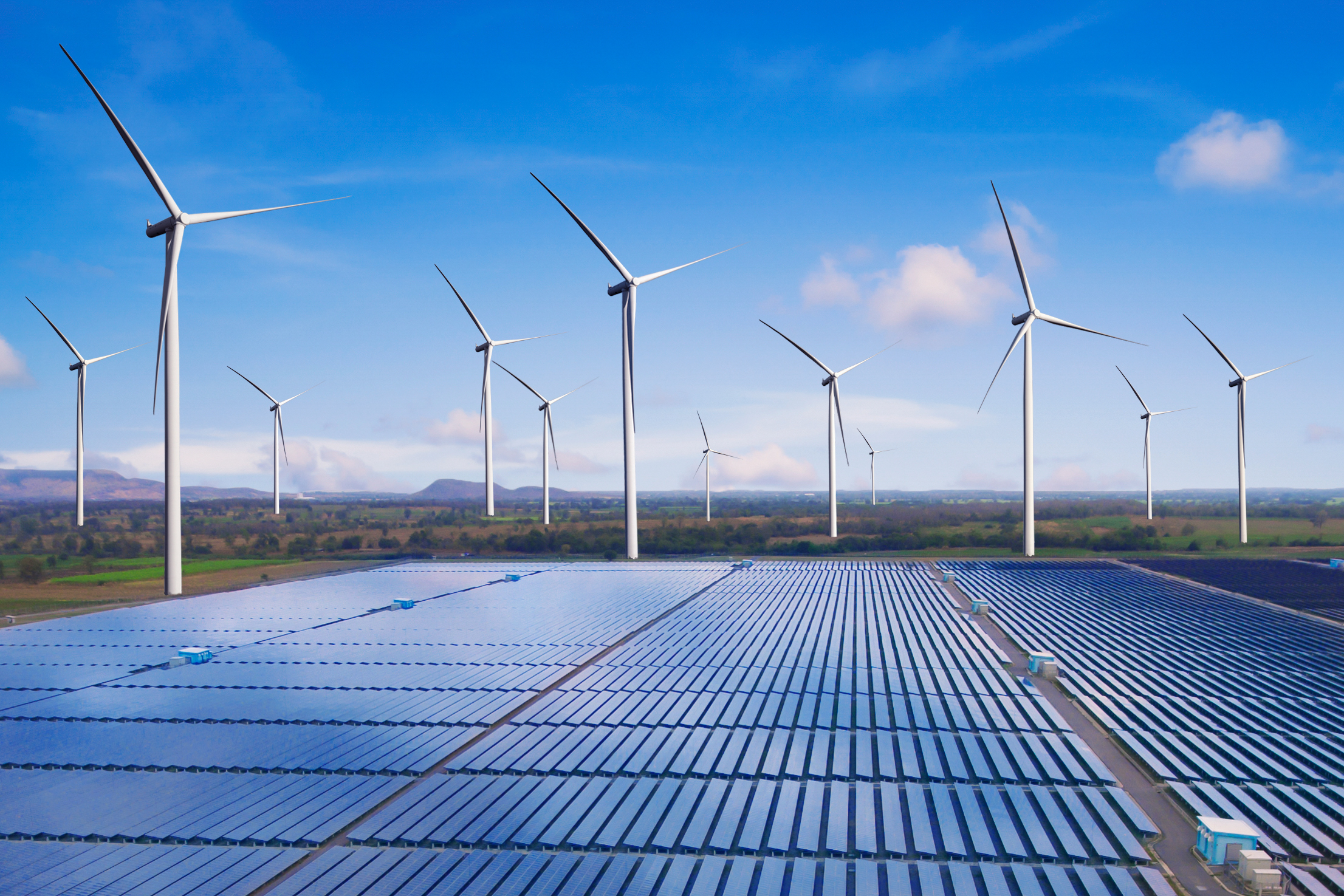Part of what makes renewable energy, well... renewable ... is the ability to save surplus power for later use. Enter battery storage, aka: energy storage. This article by a USA Today senior science writer explains the importance of energy storage on the renewable ecosystem in terms you can understand. Check out more benefits of home battery storage here.
Electricity grids that incorporate storage for power derived from renewable resources could cut carbon dioxide emissions substantially more than systems that simply increase renewably sourced power, maintains a study published in Nature Communications, as researchers found that storage could help make more-efficient use of wind and solar power, as well as help power grids move away from relying on fossil fuels for energy.
"With solar and wind, you can't flip them on immediately when you need more power," says study coauthor Ramteen Sioshansi, professor of integrated systems engineering at Ohio State University, who chairs a subcommittee on energy storage for the U.S. Department of Energy.
"So, the more renewable energy you put into your system, the greater your need to be able to forecast when those energy sources might be available – unless you can find an affordable, reliable way to store that energy."
Solar panel and wind turbine farm
The researchers looked at the power grids in California and Texas, then modeled the ways in which energy storage might make better use of energy from renewable sources-and the ways in which storing energy from renewable sources might affect the amount of carbon dioxide the energy grid pumps into the atmosphere.
They found that, in California, without energy storage, one-third of the renewable energy could be lost or never collected in the first place-and adding storage technologies (batteries and the like) could reduce carbon dioxide emissions by 90%.
Under the study's models, holding energy from renewable sources also made the system much more efficient as just nine percent of renewable energy was lost
In Texas, a state that generates a smaller percentage of its energy from renewable sources than California, the researchers found that adding energy storage technologies to the grid could reduce carbon dioxide emissions by about 57%. Under that model, just 0.3% of the renewable energy in Texas' system would be lost.
"Renewables are good, but they have their own challenges," says lead author Maryam Arbabzadeh, research fellow at the University of Michigan. "The sun is not always shining; the wind is not always blowing. Sometimes the amount of solar and wind power doesn't match the demand. As we think about how to decarbonize our systems, a combination of all of these technologies could be beneficial for the system to minimize carbon dioxide emissions."
Solar Panel Community in Austin, Texas
Though it is not yet a problem throughout much of the U.S., which still largely relies on coal and natural gas for energy, some countries and states – including California – have begun producing more energy from renewable resources than the grid is using. That means that some energy from renewable resources either is lost forever or never collected in the first place.
"One of the unique characteristics of electric power systems is that you have to maintain supply and demand balance at all times," explains Sioshansi.
Maintaining that exact balance of the supply of energy with the demand for it makes producing a reliable power grid technically challenging. Over the last century, power companies have figured out how to adjust the output of energy from a coal or natural gas-fired plant when demand increases, as they simply fire up or power down a turbine.
Power companies largely know they need to hold energy from renewable sources in order to make those sources work for their grids but, so far, batteries and other storage options have been costly.
Sioshansi indicates that this research sets the stage for future studies to eliminate fossil-fuel sources from the energy grid. Future models could predict what might happen to fossil fuel emissions if a state or country combined a greater Investment in renewable energy sources with different energy storage solutions and policies like carbon taxes.
"This study focused on a very narrow application of energy storage for systems that are adding more renewable sources to their energy supply. Looking forward, we could perhaps make a more-complex model to show how to achieve greater reductions in carbon dioxide emissions."
-Laura Arensch MD, senior science writer, Research Communications, Ohio State University, Columbus
This article was written by Laura Arenschield from USA TODAY and was legally licensed through the NewsCred publisher network. Please direct all licensing questions to legal@newscred.com.





